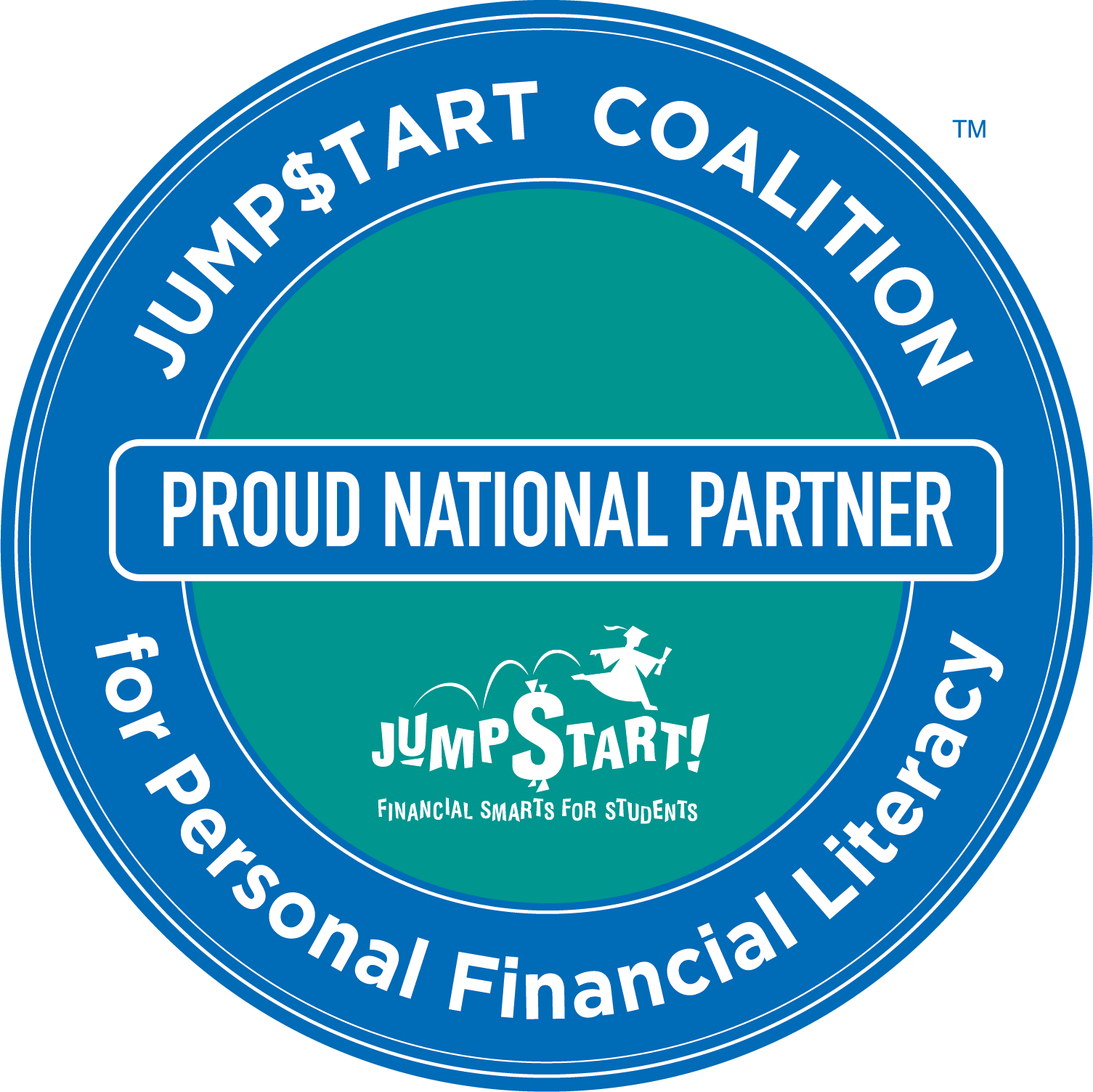Whether you’re signing up for online banking or transacting from an existing account, you need a strong password to safeguard your financial information. There are many things to consider when creating one, too.
Before delving into how to create a strong password, you should understand what password strength means: A strong passcode is a unique phrase that humans and computers struggle to crack. Weak passwords might be easy to recall, but they compromise your online security in several ways.
For starters, hackers can guess your password instead of using computers. Another option is brute force attacks, which predict passwords through trial and error. An example of brute forcing is dictionary attacks that attempt to crack passcodes by systematically trying possible combinations. This could include hobbies, sports teams, and names of family members, pets, or friends.
How to Create a Strong Password
Besides losing your savings, weak passwords expose you to identity theft. This way, hackers can apply for loans using your name, increase your credit card debt, and even file false tax returns. The good news is password security is within your control. For starters, check your emails constantly for warnings of data leaks. If you suspect a breach, change the password to limit the use of saved credentials.
But that’s not to say you should reset passwords every time. Though cybersecurity experts recommend new credentials every one to three months, Microsoft believes that constant password changes increase the likelihood of creating weak passwords. Additionally, avoid recycling passcodes. If you have unique logins for every website, your other accounts remain secure even if one of them is exposed.
Tips for Creating a Secure and Strong Password
Here are some strong password tips for your financial accounts.
Make Them Long
Assuming your password has one character, a hacker only needs to try each option on the keyboard to access your account. However, the hacking difficulty increases with every character because of the rising number of potential combinations. The logins shouldn’t be too long either. Otherwise, you risk mistyping passwords and being locked out of your account. According to Google, users should aim for a 12-character minimum for their passwords. You can lengthen existing passcodes by writing the password twice or adding extra words, spaces, or punctuation.
Avoid Common Passwords
A password might be memorable, but it shouldn’t be too obvious. An example is consecutive numbers like “123456”. According to NordPass, this password had 103,170,552 hits in 2021 and takes less than one second to decode. Other risky passcodes include “password”, common swear words, and keyboard sequences like “qwerty”. Furthermore, stay away from passwords that relate to you, for instance, your nickname, hometown, or birthday. You should also reset default passwords after signing up for a new account. It’s not uncommon for hackers to access your system through password catalogs.
Include Special Characters
Characters like hyphens, colons, and question marks go a long way in boosting password security. Moreover, mix numbers, uppercase, and lowercase letters. You’re limited to 26 options per character if you only have lowercase letters. However, your choices per character increase to 62 when you mix lowercase letters, uppercase letters, and digits. Remember, you can always use password generators when you exhaust your ideas. Unlike biased humans who use personal information as their logins, applications design passcodes from random character sequences.
Combine Strong Passwords With Other Measures
Your password might be strong, but hackers can still access your credentials if the network is insecure. First off, hold your passwords in password managers instead of carrying them in a notebook. You could also activate multi-factor authentication for an extra security layer.
Like what you see? Get more content sent directly to your inbox! Sign up for the Money Vehicle Movement Newsletter!
And check out our white paper: “Strategies for Increasing Financial Literacy Rates Among High School and College Students”
More from Money Vehicle:









